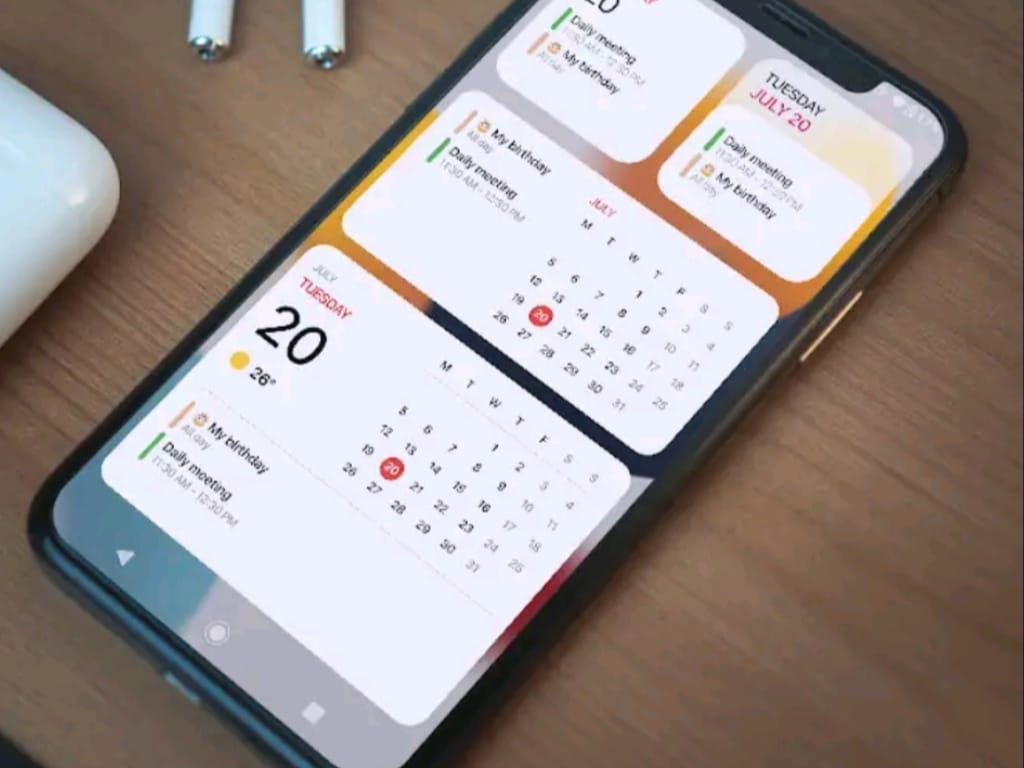

In recent years, widgets have become an essential feature in the smartphone industry. This feature has revolutionized the way users interact with their devices by providing a seamless and personalized user experience. With the increasing competition in the market, both iOS and Android have introduced their own versions of widgets. In this article, we will review the iOS widgets and compare them to the Android widgets.
Introduction
Widgets are mini applications that are designed to provide users with quick access to their favorite features and services. With the introduction of widgets, users can now access their favorite apps without having to navigate through multiple screens. This feature has become increasingly popular among users, and both iOS and Android have made significant strides in improving their widget experience.
iOS Widgets Overview
iOS widgets were first introduced in iOS 8 and have since undergone significant improvements. These widgets can be accessed by swiping left from the home screen, and they provide users with quick access to their favorite apps and services. iOS widgets come in three different sizes, including small, medium, and large, and they can be customized to suit the user’s preferences.
Android Widgets Overview
Android widgets have been around for much longer than iOS widgets and have undergone significant improvements over the years. These widgets can be accessed by long-pressing on the home screen, and they provide users with quick access to their favorite apps and services. Android widgets come in various sizes and can be customized to suit the user’s preferences.
iOS Widgets vs. Android Widgets
When it comes to iOS widgets vs. Android widgets, there are several factors to consider. One of the most significant differences is the way the widgets are accessed. While iOS widgets are accessed by swiping left from the home screen, Android widgets are accessed by long-pressing on the home screen.
Another significant difference is the level of customization available. iOS widgets come in three different sizes and can be customized to suit the user’s preferences, but Android widgets offer a more extensive range of customization options, including the ability to resize and customize the widget’s appearance.
One of the most significant advantages of iOS widgets is their seamless integration with the rest of the operating system. iOS widgets can be used in conjunction with other apps, such as Siri, to provide users with an even more personalized experience. Android widgets, on the other hand, are often less integrated with the operating system, which can make them less user-friendly.
Best iOS Widgets
- Weather Widget – Provides users with real-time weather updates and forecasts.
- Music Widget – Allows users to control their music playback without having to open the app.
- Calendar Widget – Provides users with a quick view of their upcoming appointments and events.
Best Android Widgets
- Google Keep Widget – Allows users to create notes and lists without having to open the app.
- Google Maps Widget – Provides users with real-time traffic updates and directions.
- Google News Widget – Provides users with the latest news stories and headlines.
Conclusion
In conclusion, widgets have become an essential feature in the smartphone industry, and both iOS and Android have made significant strides in improving their widget experience. While there are several differences between iOS widgets and Android widgets, both offer users a personalized and seamless user experience. Ultimately, the choice between iOS and Android widgets comes down to personal preference.